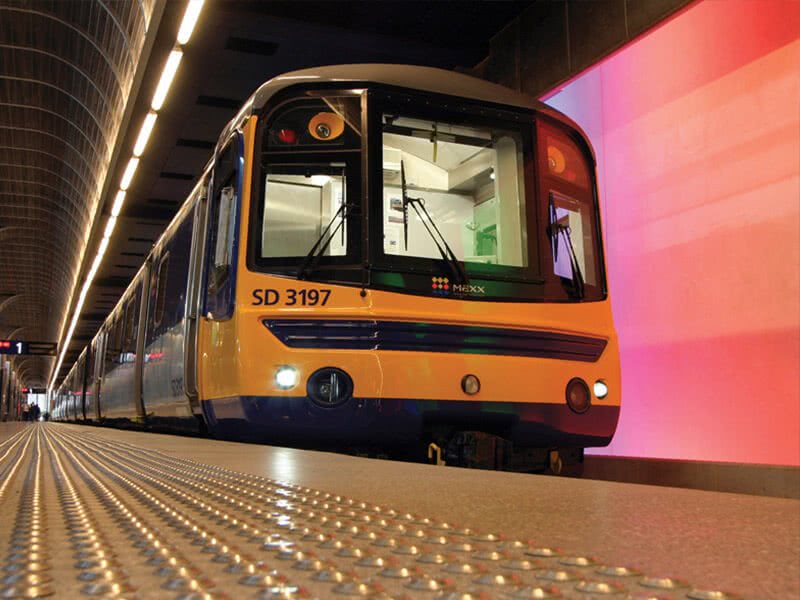Vertiv identified mass transit, specifically aviation rail transport, as the world’s second most critical industry in a recent report analyzing and ranking industries based on their criticality. Utilities ranked first, in large part because so many industries depend on reliable power. In fact, most of the industries in the top seven demonstrate significant dependence on one another. Today, let’s take a closer look at aviation and just what makes it so critical.
Over the past 20 years, the entire aviation industry moved quickly to adopt IT systems as the backbone of operations and to move forward with the digitization (digital controls instead of analog/relay circuits) of the entire physical infrastructure. This was necessary to manage the exponentially increasing volume of air travel, but it was a massive undertaking. The process replaced a simple system that could be managed with manual override with a far more intelligent, complex system with greater capabilities but also requiring a tremendous amount of resources and people when systems require a reboot.
So what is it that makes airports so complex? Most large airports have at least one data center, several operation centers, and countless distributed network closets, but the total amount of production IT equipment (servers, storage, routers) isn’t that large. The trick is in the very nature of the physical infrastructure and the interconnectedness with the IT systems. Non-data center systems like tare systems (measuring and tracking aircraft weight), radars and avionics, runway visual rangers (ground fog/visibility), runway lighting, approach lighting, landing systems, etc., are all digital. They have little to no internal hold-up time, are dependent upon the electrical, mechanical, network and wireless systems, and are distributed across miles not feet.
To put that in perspective, when we look at some of the world’s largest data centers, they cover a million square feet or more. That is impressive as buildings go, but even a medium-sized regional airport covers four or more square miles. Amongst the worlds’ largest airports, the King Fahd International Airport in Saudi Arabia covers 485 square miles. From an aerial view – no pun intended – we can see airports are a vastly distributed data center comprised of hundreds of interconnected systems and thousands of IoT devices rivaling any data center in their complexity.
Unlike many data centers, airports are not operated in redundant, active-active mode. Nor are they able to quickly shed loads like some hyperscale or cloud facilities. On the contrary, when an airport starts to experience technical issues, the entire aviation system begins to be impacted with flight delays and cancelations. Building a smart airport requires careful planning, built-in redundancy, and digitization of the entire infrastructure.
Thankfully, the aviation industry takes uptime, availability, and resiliency of operations as seriously as life safety.




